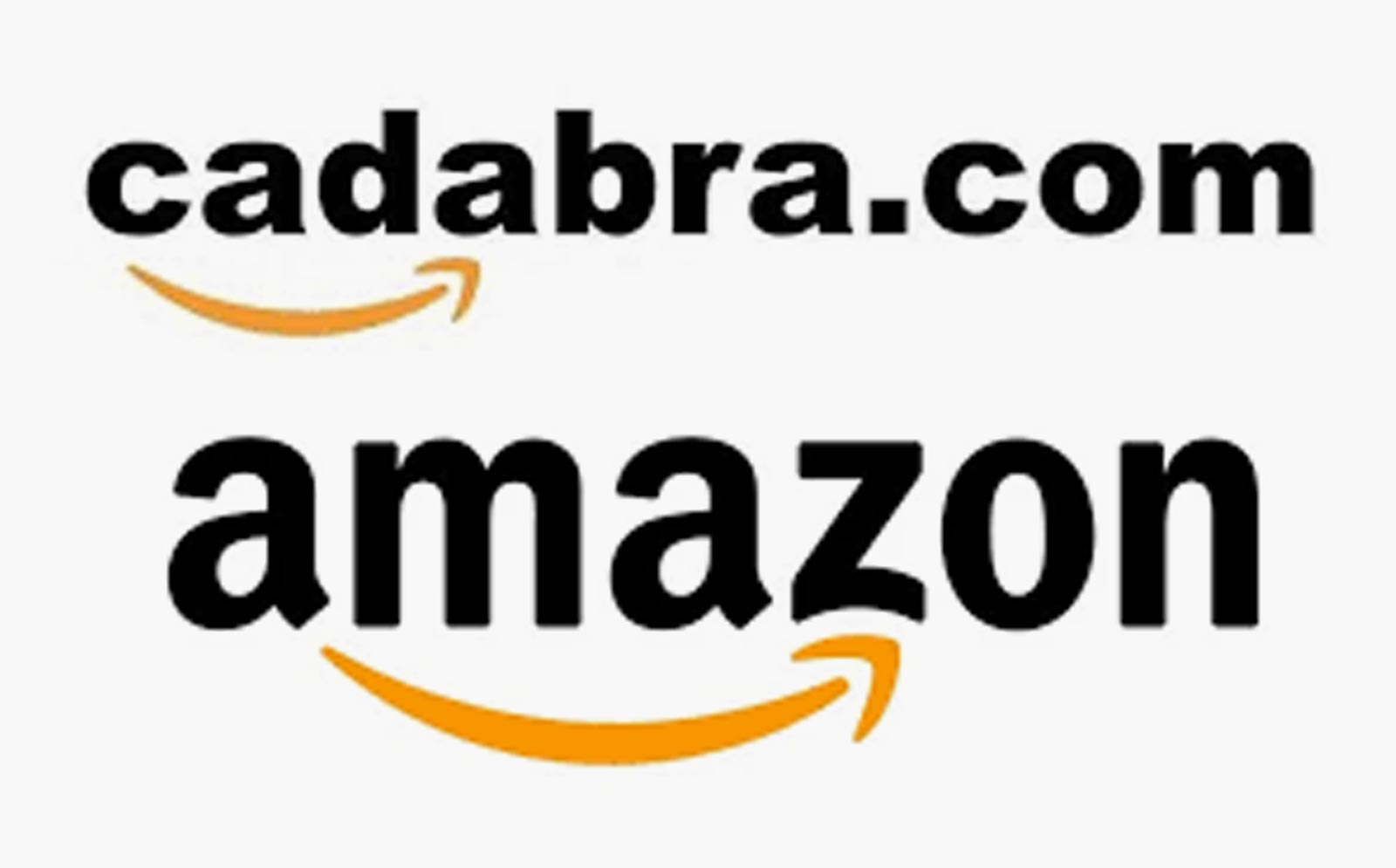Branding your business is a complex task that requires many layers of consideration and planning.
In this three part series, we’ll help you navigate your way through the complicated task of creating a brand that your target market will love.
- Questions you should ask when branding your business
- How to develop a great brand name
- How to conceptualise a logo
Questions you should ask when branding your business
They say you only get one chance at a good first impression, and when it comes to your business, it’s your branding that makes the impact. After all, your name and logo are likely to be the first thing your customer sees of your business, and if these don’t capture the heart and soul of your brand, it may be the only thing they see.
Establishing a great brand identity can set your business apart from the rest, so you need to take the time to decide what your brand should represent. Of course, brands evolve over time, periodically reviewing how your brand is resonating with your audience is also important. It’s all part of being authentic, which is a critical factor in building a loyal and engaged customer base.
Here are some questions to ask yourself to help you come up with a great brand name and visual identity.
Who are you?
This is one of the most important questions you’ll need to ask yourself, and it goes much deeper than the products or services you are providing.
When it comes to branding your business, the idea is to capture the core values of your company. Your values will inform every aspect of your business, and should be woven into every layer of your marketing, including your branding. Again, this comes down to authenticity, and how your audience feels about your business. The experience should be resonant and consistent, from the first interactions through each step to purchase and beyond.
“
Don’t forget that your branding is an opportunity to communicate your primary message every time your customer sees it, so make sure you’re sending the right message.
”
By ensuring that your values have been captured in your brand name and logo, you can be confident that your customers know who you are and what you stand for before they’ve even stepped through the door. Your branding is an opportunity to communicate your primary message every time your customer sees it, so make sure the message you’re sending is the right one.
Who are your customers?
“Know thy audience”, they say, and when it comes to getting to know your customers, you need to go deeper than just their name, address and credit card number.

Knowing your audience involves understanding both their broad demographic and the values that are important to them individually. This is true whether you’re selling in a B2B setting or direct-to-customer. Understanding who your audience is, and what they value, are the key to understanding what your customers want, the challenges they face, and how you can solve them with your product or service.
For example, if your target audience values sustainable and environmentally responsible brands that care about their impact on the world, proving that you run operations in an ethical and sustainable way may form a crucial part of the makeup of your branding.
If you’re marketing in a B2B setting, marketing to serious, profit-seeking businesses, a no-nonsense, professional brand that talks to the value of results and success will make it clear that you will take the success of their business seriously.
How do you want your customers to see you?
Once you’ve established your core values and identified your key audience, it’s important to decide how you want to communicate with your customers.
From the cheeky best friend, to the well-educated authority figure, establishing your brand voice is the next big step to building your brand. Just as with your core values, your brand voice should be heard consistently across every layer of your business, including your logo and brand name.
How are you different from the competition?
One key impact of successful branding is to help your business stand out from the crowd. But, the balance between being noteworthy and trying too hard to be different is a tough one to strike.
It’s important to know what makes you different from the competition, so that you can create a logo and brand name that reflects these points of difference. By turning your key differences into clever branding, you can help your customers understand why they should choose you over the competition.
For this step, it’s beneficial to conduct both consumer and competitor research to determine your unique selling proposition (USP). Once you’re clear on this, you can begin to work out how to capture it in your branding.

Consider the name ‘Amazon’. After starting under the more obscure name of ‘Cadabra’ — as in Abracadabra — CEO Jeff Bezos finally settled upon the name ‘Amazon’. As the Earth’s largest river, the name seemed suitable for what was intended to be the world’s largest book store, and now serves as an excellent example of how a brand can capture their USP in one clever and snappy little name. Of course, brand names are open to interpretation, and you’ll find as many people willing to point out the deficiencies in what a name means as you will who are pleased to make the connection. Focus on the second group, they’re your audience!
What problems do you solve?
Before choosing a logo or name for your brand, it’s important to remember that you’re not just offering your customers a product or a service. You’re offering them a solution.
Your business is here to solve a problem for your customers, and it’s impactful for customers to be able to determine how you can help them without having to read you whole your website. By distilling the essence of your solution in your branding, which is again linked to both your values and your USP, you have the opportunity to advertise your solutions every time someone sees your logo or brand name.
Once you’ve got clarity on what you’re offering your customers, how to offer it becomes much clearer.
Up next:
Part 2: How to develop a great brand name
Part 3: How to conceptualise a logo




